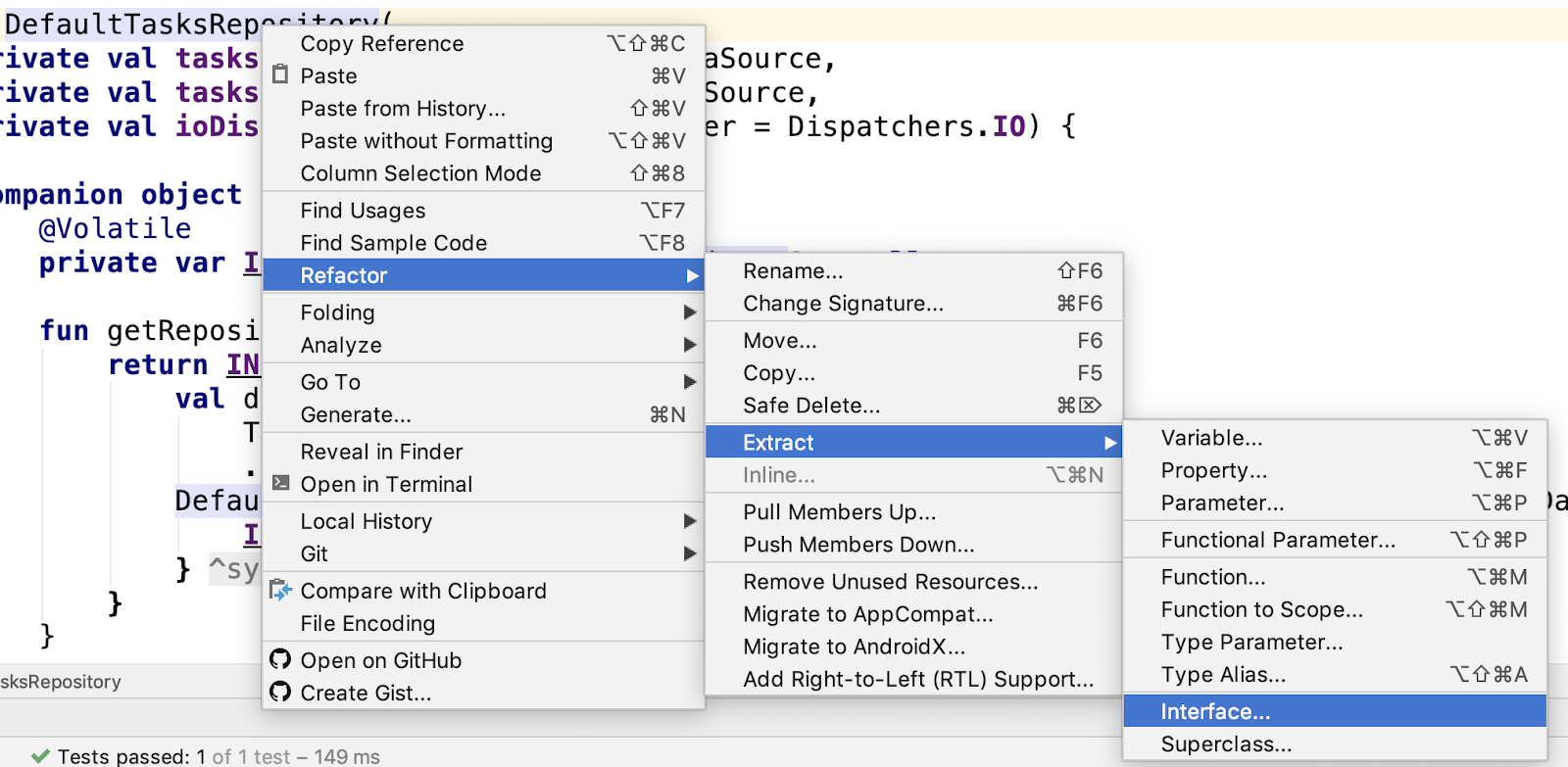

When creating applications with Java, it is important to understand how each type of modifier works and when best used for each situation. In this example, the class "Car" has one static variable "numberOfCars" of type int, one final variable "MAX_SPEED" of type int, one abstract method "startEngine", one synchronized method "accelerate" and one transient variable "secretNumber". transient: A transient variable is not included in the serialization process.synchronized: A synchronized method can only be accessed by one thread at a time.Abstract: An abstract method does not have an implementation and must be overridden in a subclass.final: A final variable or method cannot be modified once it is initialized.Static: A static variable or method belongs to the class rather than an instance of the class.The following are the non-access modifiers: "Car" has four variables, two of them (speed and year) are public, one of them (color) is protected, and one of them (make) is private.

Protected: A protected variable, method, or class can be accessed from the same package or a subclass in a different package.Default: Default (package-private) allows all other classes within the same package to use your methods but not those from outside packages - helping ensure proper encapsulation of data at runtime.Private: Private modifiers restrict access to only the methods inside a single class, while protected gives external classes access but only if they’re subclasses of that particular class.Public: Public modifiers allow any class within your program or even outside it access your code - giving you full flexibility over how data is shared across different applications.The four basic modifier types in Java are public, private, protected, and default (also known as package-private). Modifiers are an important part of the Java programming language and allow developers to control what level of access other classes have to their code.


 0 kommentar(er)
0 kommentar(er)
